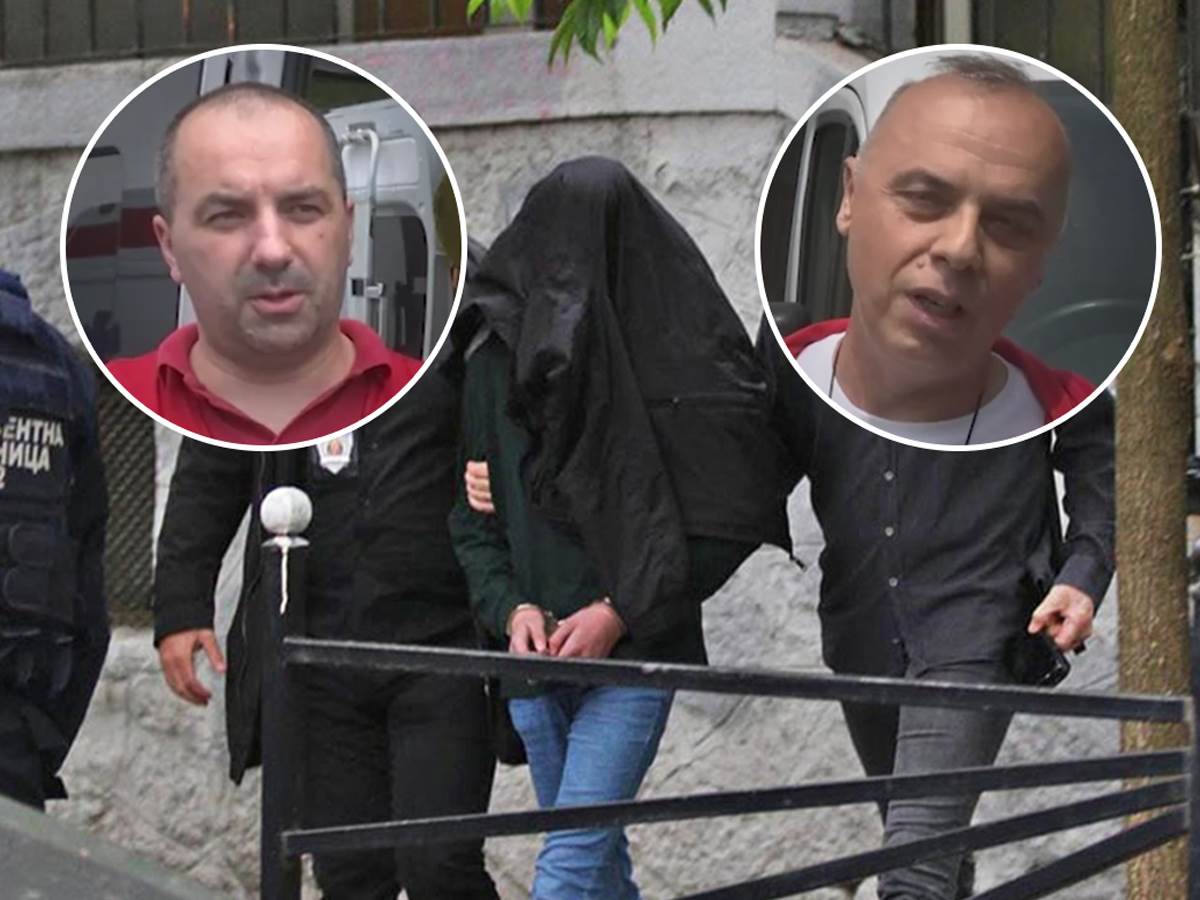Ambulance drivers will forever remember May 3 and 4 and the shocking scenes they encountered after the mass shootings in Belgrade and the surroundings of Mladenovac, in Dubona and Mali Orašje.
The massacre in Vračar, in which a boy killed nine of his schoolmates and the school guard, and wounded seven others, and the horror that happened in Mladenovac, cast a shadow over Serbia. The whole country, as well as the region, was left in shock, no one remained indifferent to this unprecedented tragedy. Sandro Poleksica driver in the Emergency Service, in more than 10 years of work, he encountered many situations, but he will forever remember May 3 and 4 and the shocking scenes he found after the mass shootings in Belgrade and the surroundings of Mladenovac, in Dubona and Mali Orašje.
Their job is not just to drive and turn on the light and sound signals, use the oxygen machines and help the team in repairing injuries. That’s why not everyone can be an ambulance driver.
“The most difficult thing that happened was the tragedy at Vladislav Ribnikar Primary School. My colleague and I were close, so we went to help. I think that such situations with young people are the most difficult for everyone“, states Poleksić, and adds that he will never be able to forget those scenes. His colleague, Darko Mihajlović, says that the same shift that worked on May 3 was supposed to work on May 4 – the night shift.
“The same shift was sent to Dubona and Malo Orasje, we had to replace three of the seven teams for that night. They couldn’t bear to work the next night, some asked for a day off, some even took sick leave,” explains Mihajlović.
The medical team in the ambulance consists of a driver, a doctor and a technician. If you see only the driver in the front seat, it means that the patient is at risk and another part of the team is with him. With rotation included, the situation is even more serious.
“We have a professional methodological center where our doctors and technicians train us drivers together with the doctor and technician who is in the field. This is done regularly and these are trainings that are held once or twice a month,” explains Darko Mihajlović, a driver in the Emergency Service .
“It’s stressful, but that’s our job, we work with people who are trained and have been there for many years, what are we going to do,” says Sandro Poleksić, an ambulance driver, explaining that they get the most calls on weekends. Although, as they say, they also receive fake calls, they respond to each one from a public place. It is theirs to help everyone. They do not complain about the working conditions, even though they could be better, both legally, financially and technically, considering the responsibility they have. Every moment there are more than 60 emergency teams on the streets of Belgrade.
(MONDO/RTS)
